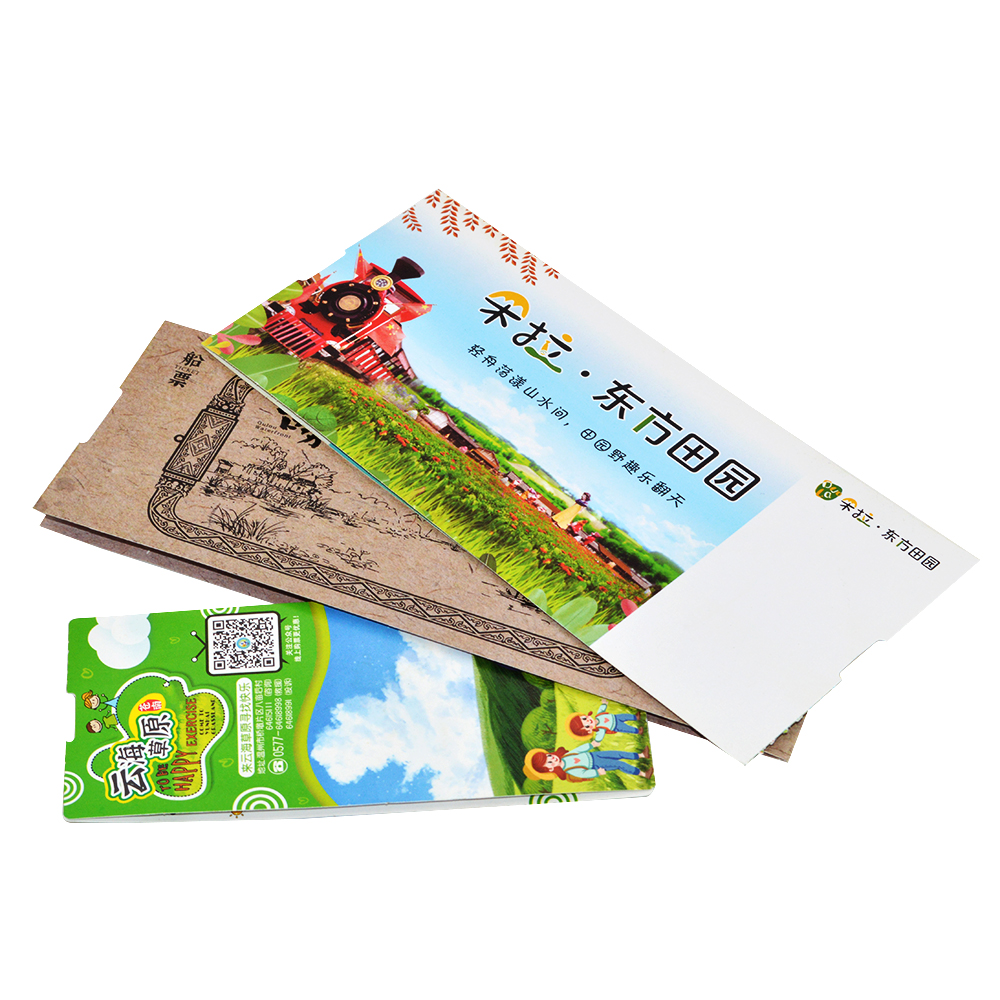Three Step Process for Adhesive Printing
Let's take a look first. Before understanding the adhesive printing process, what is adhesive?
Self adhesive refers to printed materials made of composite materials with paper, film, or other special materials as the fabric, adhesive coated on the back, and silicon protective paper as the backing. In terms of product form, it is a single page printed product made of composite materials, with adhesive coated on the back, which can be bonded to the areas where customers need to bond.
Adhesive label printing is a special type of printing. Generally, printing and post-printing processing are completed on a label machine at once, that is, multiple processing steps are completed on several workstations of a machine. Due to online processing, controlling the printing quality of self-adhesive labels is a comprehensive printing and processing issue. We need to comprehensively consider and implement material selection, equipment configuration and regulation, and the development of process routes., And track the application of labeled products in customers to further improve the quality of labeled products.
When selecting raw materials, it is important to choose high-quality and qualified adhesive materials with physical and chemical indicators, rather than expired or unstable physical and chemical indicators. Although the latter has a low price, due to the unstable quality of these materials, they consume a large amount in various processes, and even cause equipment to be unable to process normally, wasting both raw materials and manpower and resources. Therefore, the processing cost of finished product labels may not necessarily be low, and more importantly, customers may return or even lose customers. Let's take a look at the process of adhesive printing.
1、 Prepress processing
Firstly, in terms of prepress processing, many customers design orders mainly for offset or gravure printing. If this manuscript is printed using flexographic printing, there will be many quality issues with the sample, such as inadequate color, unclear layering, hard edges, and so on. Therefore, it is necessary to communicate with customers in a timely manner to solve such problems.
2、 Selection of version
Secondly, choosing a flexible version is also very tricky. The professional plate making personnel of printing enterprises have a thorough understanding of the use of versions, the production of network cables, the transition of layers, the increase and compensation of network points, and the expansion and contraction of printing. This not only benefits production, but also controls quality parameters, avoids human interference, and reduces faults.
3、 Device selection
Thirdly, due to the unique nature of label printing, narrow width flexible printing equipment has outstanding characteristics compared to flexible printing equipment such as embossing. Narrow width flexible printing equipment is not only easy to operate, but also has high printing quality, high operating efficiency, strong combination, and can produce more types of products, making it more competitive.
With the continuous improvement of people's living standards, the market for self-adhesive printing continues to expand, and the market share of trademarks, stickers, logos, and nameplates is increasing, bringing unlimited business opportunities to self-adhesive printing.






